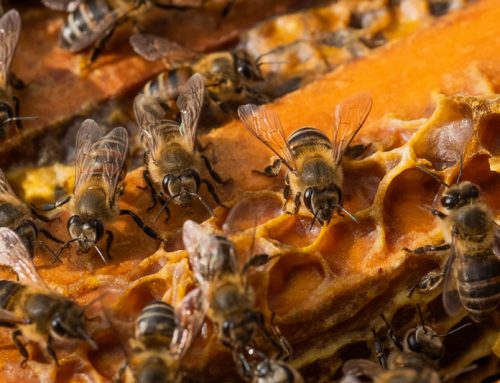 I remember filling out a job application form where I was asked whether I had ever been treated for a mental disorder. Of course I ticked ‘No’ and immediately thought about the parsley tree, which is widely used by traditional healers to treat nervous and mental disorders.
I remember filling out a job application form where I was asked whether I had ever been treated for a mental disorder. Of course I ticked ‘No’ and immediately thought about the parsley tree, which is widely used by traditional healers to treat nervous and mental disorders.
Decoctions of the leaves, stems and roots are used by ‘mental’ patients in many parts of South Africa and further north into the eastern parts of Africa. Fortunately it is widely available because in all societies, disorders of the mind are as common as those of the body.
The beauty of the traditional African approach to mental health and medicine is that it recognises this. Accordingly mental disorders are diagnosed with as much matter-of-factness as the common cold. This is not so in Westernised societies where a stigma is attached. Proof of this is that few people would tick ‘Yes’ in a job application asking about mental disorders.
Westernised societies treat mental disorders as something so unusual that we compile lists of famous people who had them: Michelangelo, Churchill, Beethoven, Tolstoy, Keats and Newton, to name a few. The irony is that had they been born in Africa and consulted a traditional healer they might have found themselves drinking a decoction of the parsley tree – which is rather pleasant because the leaves, when crushed, have a strong, fresh smell of parsley.
Apart from the parsley tree’s use in the treatment of nervous and mental disorders it also purifies the blood (according to traditional African medicine, toxins in the blood can cause nightmares hich adversely affect the mind), and is used to treat fever, shortness of breath, dysentery, intestinal worms, infertility and to rejuvenate the ageing male. The combination would surely have helped to flush away even the most famous of blues.
The parsley tree itself is a bit out of the ordinary. A unique feature is its winged fruit, which has two wings on one side and three on the other. This is reflected in the genus Heteromorpha, meaning ‘of two different shapes’. It also has a slight identity crisis as it is somewhere between a shrub and a tree. The species name, Arborescens, means becoming ‘tree-like’, hence it is bigger than a shrub but smaller than a large tree.
An outstanding characteristic is its bark, which peels off in horizontal, papery flakes to expose its shiny, golden brown under-bark. The single trunk divides into only a few large branches to form an irregularly shaped tree with a delicate canopy, aptly symbolic of the more irregular mind.
“Mind and mood plants have been used by humans since the earliest times to relieve physical and psychological pain and discomfort,” says medicinal plant specialist Ben-Erik van Wyk. Quoting from his book, People’s Plants, he says, “Plants have been used to treat disease, enhance sociability and sexuality, stimulate mental alertness, stimulate physical endurance for hunting, aid in divination, facilitate communication with ancestors and deities, and mediate a mystical participation with nature.
“The true extent of the use of mind and mood plants in Southern Africa is not yet fully appreciated or understood. Many of these plants undoubtedly await rediscovery, and scientific studies of them are likely to reveal the potential to develop effective new drugs for the treatment of pain, migraines, epilepsy, depression, schizophrenia and other mental health conditions.”
Many hidden secrets lie within our plants. If they could talk, they could tell us so much about ourselves. The parsley tree could tell us about youth and old age because its trunk reflects these two stages of our lives. It has a straight trunk when it is young, and a crooked trunk as it becomes older. It is also a tree of music – the wood is soft and can be used for making musical bows. Adding to its mystique, it is believed to have magical properties
– particularly as a charm against lightning.
So look out for the parsley tree and, if you find one, linger a while. It might play you a tune, protect you from a lightning strike or reveal the hidden history of the mind.




